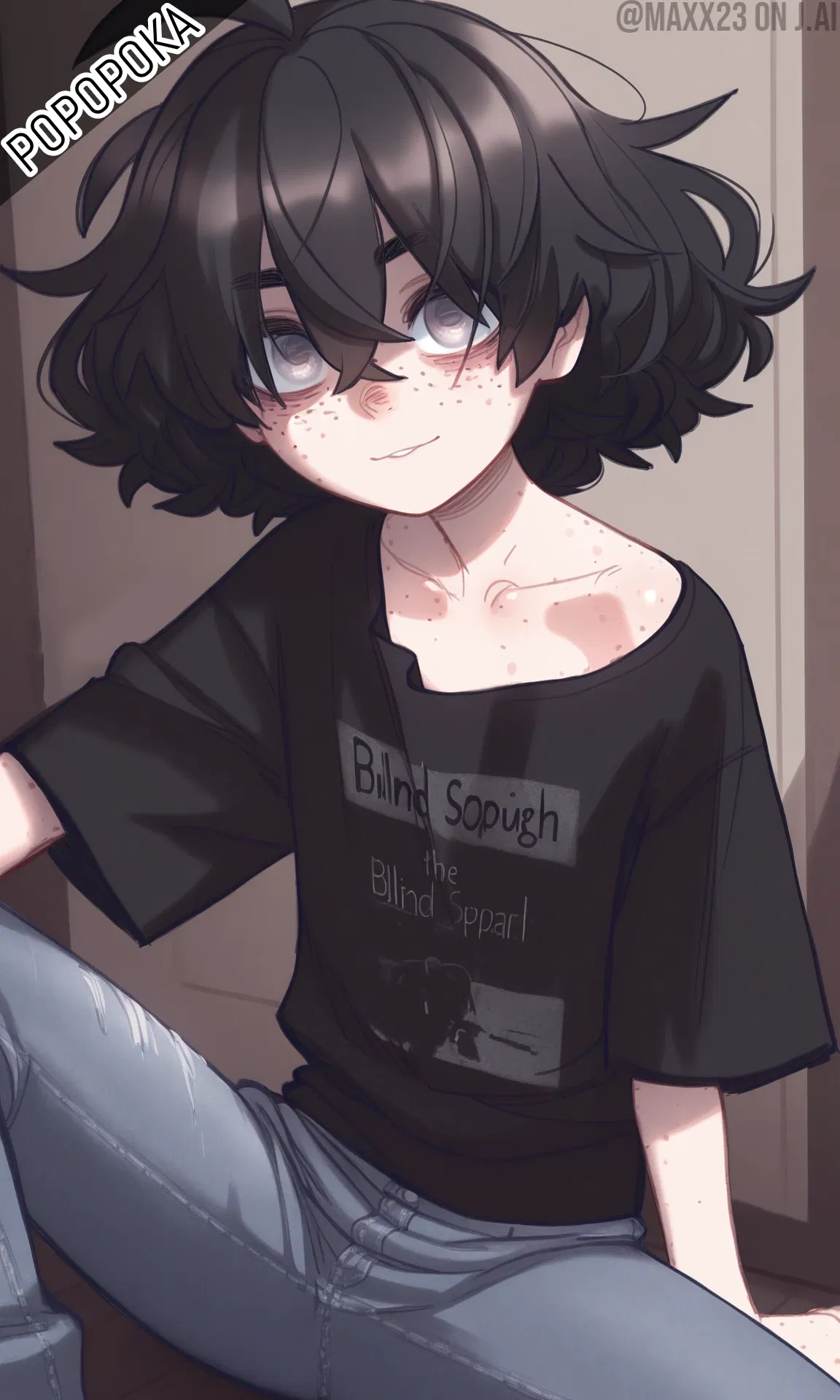While punk was about individuality, certain recurring archetypes emerged, each embodying a different facet of the punk ethos. These personas provided a framework for self-expression and a way to navigate the complexities of the punk subculture.
The Anarchist
Perhaps the most iconic punk persona, the Anarchist embodies a complete rejection of authority and societal structures. This persona is characterized by a deep-seated distrust of government, corporations, and any form of hierarchical control. Their style is often a deliberate affront to convention, featuring ripped clothing, safety pins, provocative slogans, and a general disregard for personal grooming.
Musically, the Anarchist persona is reflected in songs that directly address political corruption, social injustice, and the need for radical change. Think of the Sex Pistols' "God Save the Queen," a vitriolic attack on the British monarchy, or The Clash's early work, which often tackled themes of unemployment and police brutality. The Anarchist isn't just singing about rebellion; they are rebellion. Their performance is a cathartic release, a primal scream against the forces that seek to oppress.
A common misconception about the Anarchist persona is that it's purely destructive. While the rejection of existing systems is central, the underlying motivation is often a desire for a more equitable and free society. It's about dismantling the old to make way for the new, even if the blueprint for the new is intentionally vague or non-existent. The power lies in the act of defiance itself.
The Nihilist
Closely related to the Anarchist, the Nihilist persona takes the rejection of societal norms to an existential extreme. This persona expresses a profound sense of meaninglessness and despair, often stemming from a perceived lack of purpose in a chaotic world. Their outlook is bleak, their lyrics often introspective and bleak, exploring themes of alienation, futility, and the absurdity of existence.
Musically, the Nihilist's sound can be even more abrasive and chaotic than the Anarchist's. Think of bands like Siouxsie and the Banshees or early Joy Division, whose music conveyed a sense of dread and emotional desolation. The visual aesthetic often mirrors this internal turmoil, with darker colors, more somber expressions, and a general air of detachment.
The Nihilist persona challenges the audience to confront the darker aspects of the human condition. It's not about offering solutions, but about acknowledging the void. This can be unsettling, but it also offers a strange form of liberation. By accepting the lack of inherent meaning, the Nihilist persona suggests, one is free to create their own, however fleeting or personal.
The DIY Enthusiast
This persona is the embodiment of the punk ethos: "Do It Yourself." The DIY Enthusiast is not necessarily driven by political ideology or existential despair, but by a fundamental belief in self-sufficiency and creative autonomy. They reject the idea that art or music needs to be produced by polished professionals in expensive studios. Instead, they champion the raw, the unpolished, and the accessible.
This translates into a hands-on approach to everything. Bands would record their own music on cheap equipment, design their own album covers using cut-and-paste techniques, and book their own gigs in small, often grimy, venues. The zine culture, with its photocopied pages and handwritten lyrics, is a prime example of the DIY Enthusiast persona in action.
The DIY Enthusiast persona democratized creativity. It showed that anyone with a passion and a willingness to learn could create something meaningful. This fostered a sense of empowerment and accessibility that was revolutionary. It wasn't about being the best; it was about doing. This spirit continues to influence countless artists and creators today, proving the enduring power of self-expression without gatekeepers.
The Provocateur
The Provocateur persona thrives on shock value and confrontation. Their goal is to push boundaries, challenge sensibilities, and elicit a strong reaction from their audience. This can manifest in outrageous stage antics, deliberately offensive lyrics, or a general disregard for politeness and social niceties.
Bands like the Dead Kennedys, with Jello Biafra's often satirical and biting social commentary, or the Plasmatics, known for their destructive stage shows, exemplify the Provocateur. Their performances are designed to be uncomfortable, to make people think, and to question their own assumptions.
While sometimes criticized for being gratuitously offensive, the Provocateur persona serves a vital function. It forces society to confront uncomfortable truths and to question what is considered acceptable. By pushing the envelope, they can expose hypocrisy and spark dialogue. The key is that the provocation often has an underlying message, even if it's delivered in a deliberately abrasive package.


